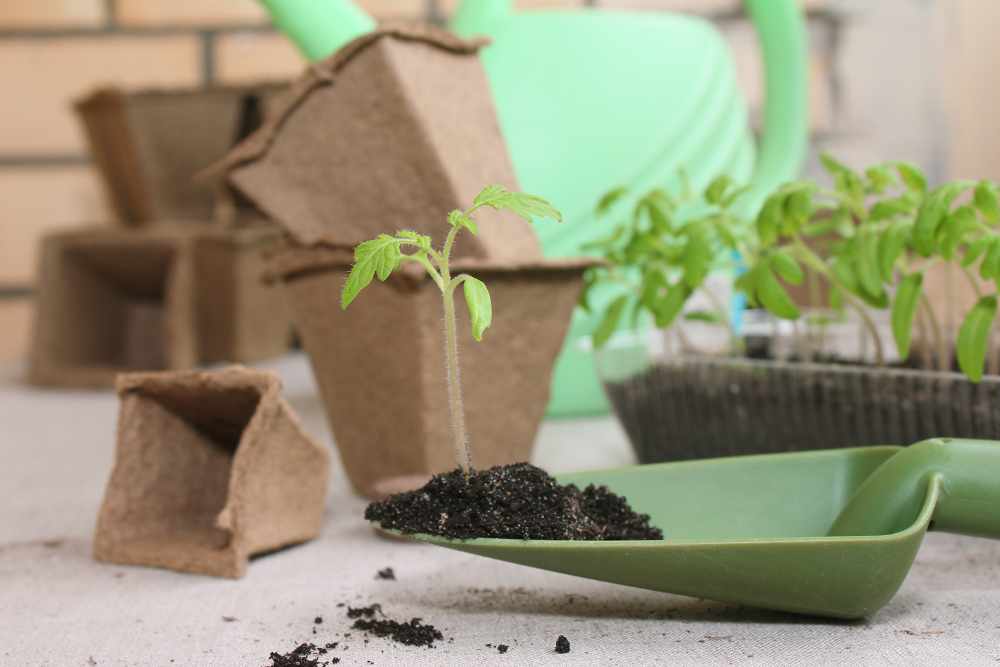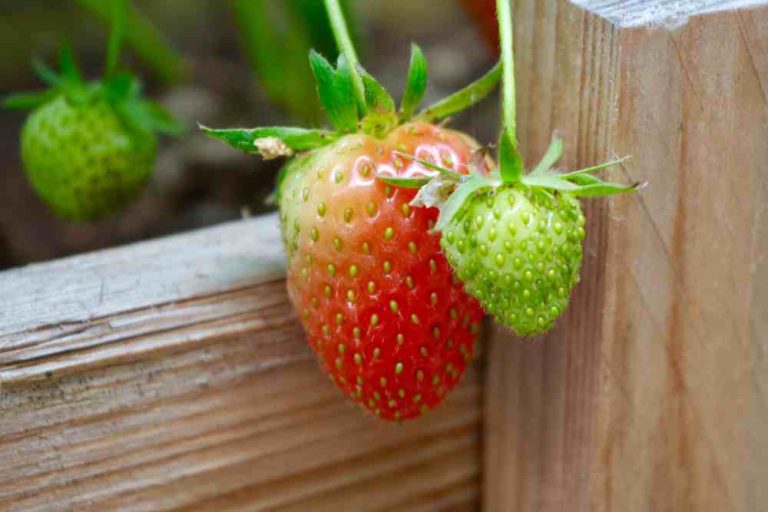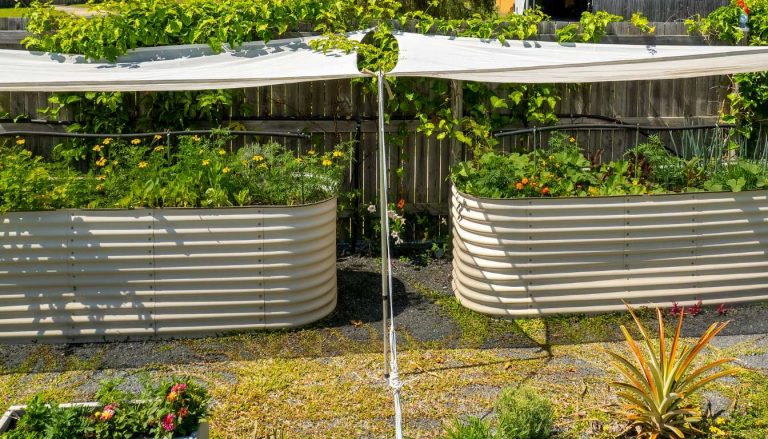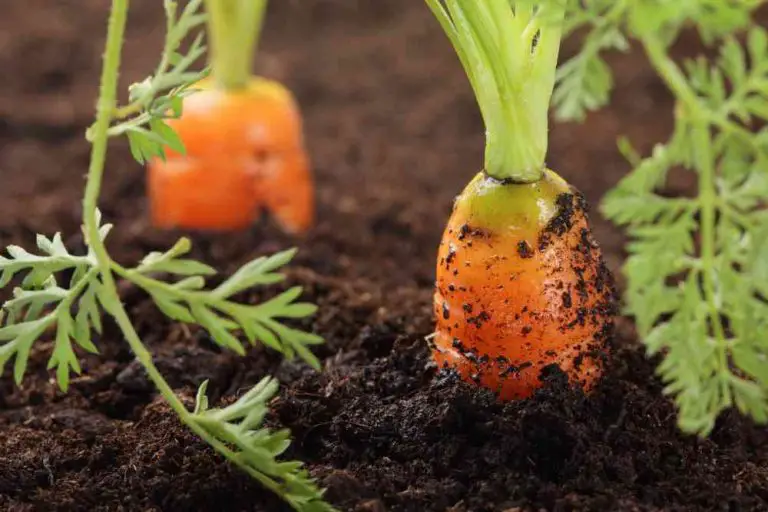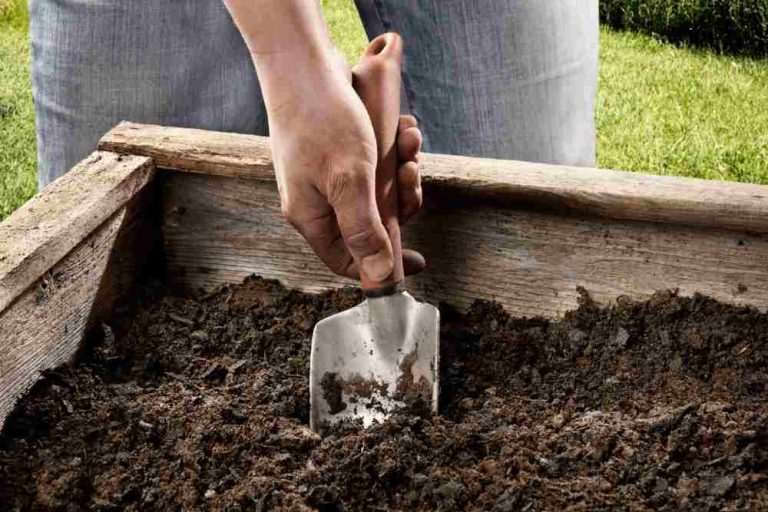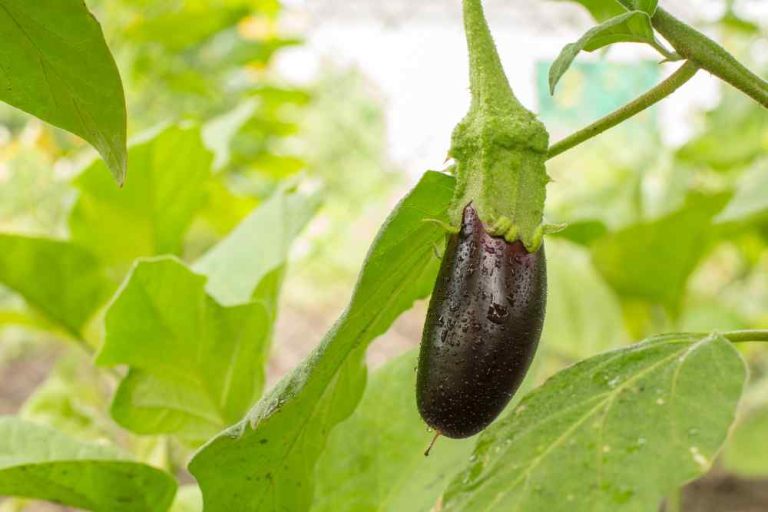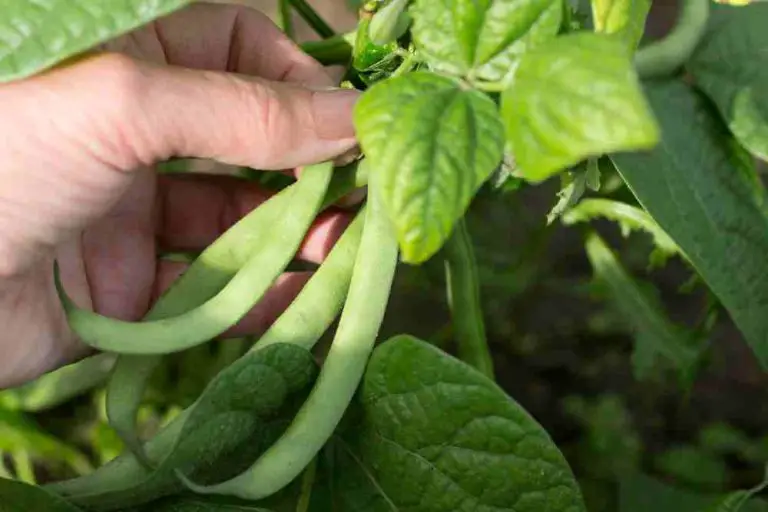When to Separate Tomato Seedlings: A Comprehensive Guide for Home Gardeners
If you have ever grown tomatoes from seed, you know the enjoyment it may provide. You choose the precise variety you wish to grow, plant the seeds in the ground, and watch as the little seedlings grow.
Since some seeds won’t sprout no matter how hard you try, plant a few seeds in each seed container to increase the likelihood that at least one seed will sprout and flourish. If many seedlings start to grow in the same container, what should you do? How many tomato seedlings separate without destroying them?
If you successfully separate your seedlings, you can double your yield. Additionally, you may avoid the challenges of putting one tomato seed in each container and finding out after a week or two that it never grew.
When the growing season is too short for some crops, like tomatoes and peppers, starting seeds inside is a terrific way to extend it. But before transplanting your plants into the garden, you’ll need to pot them up once, possibly twice. This article will cover how to pot up seedlings and when to separate tomato seedlings to avoid limiting their growth and prevent them from becoming root-bound.
Why Should You Separate Your Tomato Seedlings?
If a single seed does not germinate in that area, it is customary to scatter many seeds at once. The seedlings you get from sowing seeds in a single pot will be crowded because the seeds will sprout close to one another.
If seedlings have more space to spread their roots, they will develop more quickly. Your seedlings will grow stunted and have poor results if you don’t separate and thin them. This is because the seedlings compete with one another for air, water, nutrients, and root space.
When Can You Separate Tomato Seedlings?
After they have grown their first true sets of leaves, seedlings should be separated and replanted into individual pots. The cotyledon (or initial set of leaves) develops when the seeds sprout. The cotyledon leaves assist the plant in sprouting by breaking open the seed coat.
Cotyledon leaves are important for feeding the plant nutrients but are not the plant’s initial set of true leaves. When you observe the second set of leaves or the first “true” leaves, it’s time to separate and put the seedlings into larger individual pots.
7 Steps of Seedling Separation
Remember to start with seedlings with their second set of leaves that can be divided.
1. Use your finger or a fork if there is space to remove the seedling. Carefully remove the seedling from the pot after ensuring you have reached all the roots.
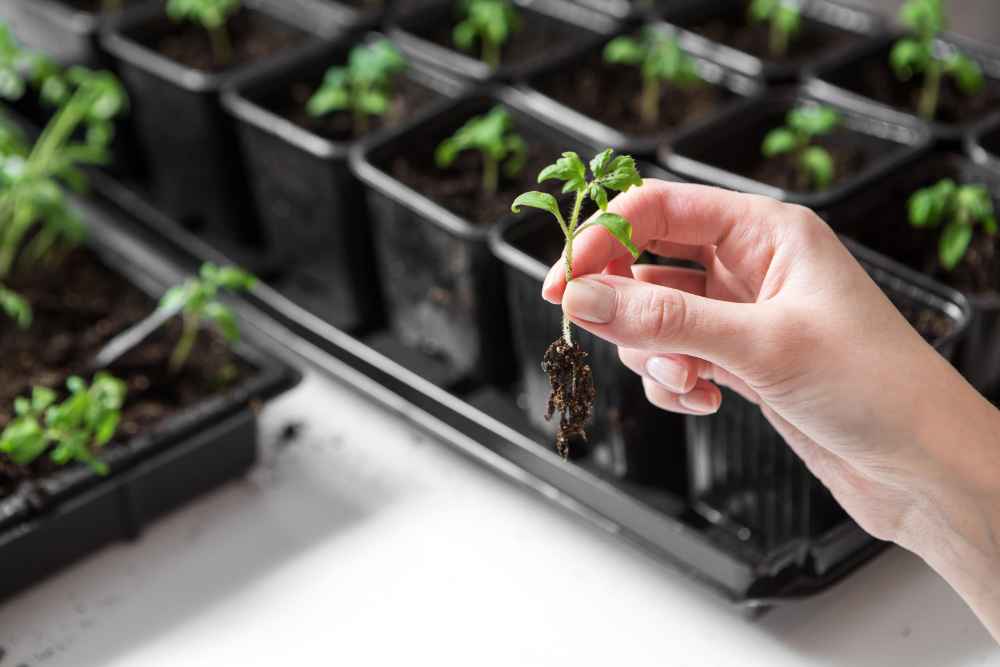
2. If you cannot remove any of your seedlings because they are too closely spaced (like the ones you buy at the store), squeeze the pot to break up the soil, then carefully throw it out.
Pro-Tip: If you’re buying seedlings from the grocery store, look for ones that have more seedlings inside the container. This may make your purchase worth twice as much!
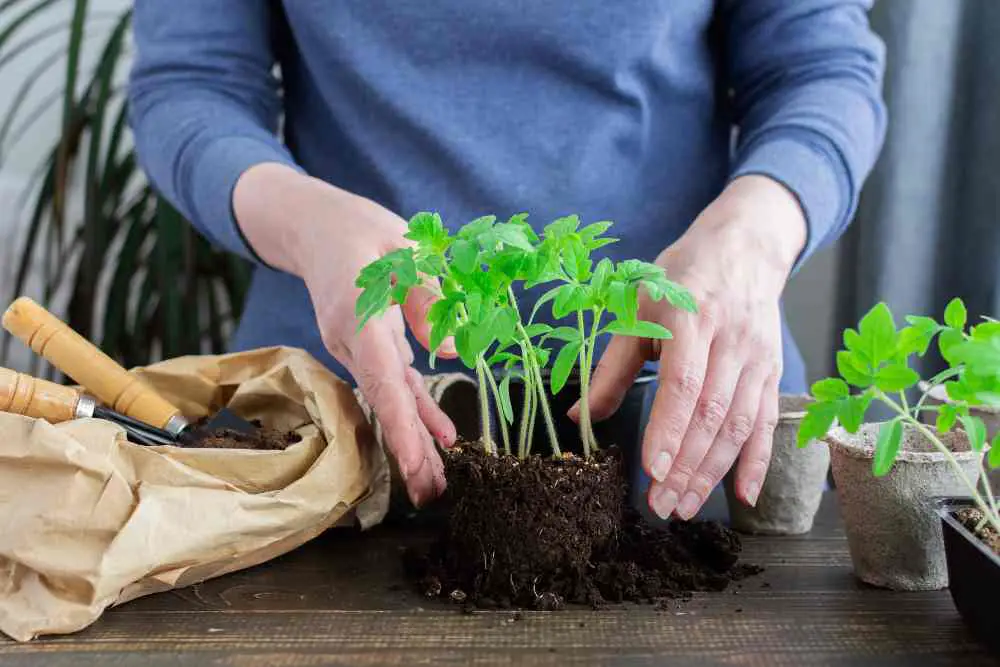
3. If your seedling’s roots are tightly wrapped around each other, gently separate them to avoid disturbing the roots. Although you want your seedlings to develop as many roots as possible, they don’t necessarily require every root in their root system. If the roots are tangled together so tightly that you can’t separate them without rupturing them, gently rinse the soil off them, and they will easily separate.
4. Insert your seedling into a fresh container filled with moist potting soil, ensuring the hole is large enough for the plant roots to expand. Then Fill the area around your seedling with soil gently.
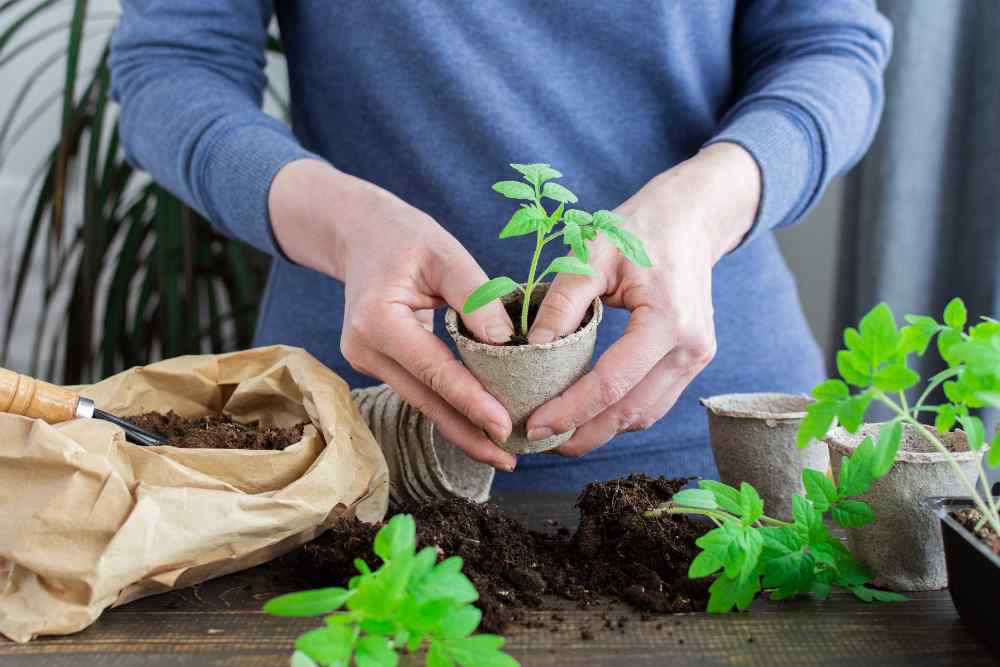
5. Ensure your seedling has adequate soil to stand upright without drooping.
6. Water your seedlings thoroughly, making sure to reach the roots with water.
7. To help you identify your plant, label it and mark it with a marker.
Tomato plants should be deep-potted. Any portion of the seedling stem will develop roots if it comes into contact with the soil. Tomato seedlings can be inserted up to the leaves. Additionally, this encourages tomatoes to grow deeper roots, which are better at absorbing nutrients and water. Prevent transplant shock in your seedlings by keeping their roots wet and out of the sun for a few days.
When Should You Transplant Tomato Plants A Second Time?
Suppose your tomato seedling has grown into a small plant and is no longer a seedling. Your plant is either root-bound or too large for the 3-4″ pot. However, the moment has not come to place your tomato plants outside.
Now it is the time to change to something new. Choose a pot 2–3 times the size of your tomato in the current container, such as a 6″ pot or quart container. To avoid a huge shock when transferring the seedling to the garden or a patio container, ensure your pot is no larger than one gallon.
When To Transplant Tomato Plants Outdoors?
You transplanted your young tomato seedlings to 6″ transplant pots, and they’ve thrived in the last few weeks. They have several leaves and branches. However, how can you choose the best time to plant tomato seedlings in your garden area?
Check a region map or your local extension. When did the last frost in your region occur? Tomates are fans of heat. To allow the soil to continue to warm, they perform best when planted 10 to 14 days after the last day of frost. Add 10-14 days to your area’s last frost date to determine the optimal time to move tomato seedlings outside.
Give your tomato seedlings time to acclimate on that particular day before removing them from their cozy indoor environment. Start putting tomatoes outside in a protected place for a few hours, around 7–10 days, before planting them out. Increase their daily exposure to better acclimatize them to temperatures, sunlight, and wind. This “hardening off” procedure helps tomato seedlings get ready for the shock of transplanting. In other words, if your tomato plants are ready, you can begin the hardening-off process immediately around the date of the last frost in your area.
How Should Tomato Seedlings Be Moved To Larger Pots Outside?
The fundamental guideline for growing tomatoes in pots is to start by selecting the largest container for your plants. Large roots can be found in tomatoes. They can bloom and bear fruit if you give them enough space to grow.
However, you may have chosen a container ideal for a particular sort of tomato, such as a 3-gallon pot for a patio bush tomato species. Though it is evident that the plant fills out the container as the season progresses. You learn that it needs watering at least once and frequently twice daily to avoid drooping.
These are signs that it’s time to move your plants into larger containers. The container you select must be at least twice as big as the original. Ensure that the pot has adequate drainage. Fill the new container with organic matter and nutritious soil to make the switch worthwhile for the plant. The tomato plant should be carefully removed while maintaining its entire root ball. Thoroughly water the seedlings. Additionally, give your plant additional care and shade for a few days to recover from transplant shock.
Want To Know More About Tomatoes?
If you are interested more about growing tomatoes, follow these next steps.
- First, To learn how to grow tomatoes from seeds. Check out gardening tomatoes.
- Second, to learn the best fertilizer for tomatoes.
- Third, To learn the Florida Everglade tomato varieties and sweetest tomatoes see here.
- Fourth, if you want to know the reasons for the yellowing of tomato leaves, check this.
- 20+ Chic Boho Bedroom Ideas for a Cozy and Stylish Retreat - June 20, 2024
- 12+ Modern Boho Living Room Ideas to Create a Unique Oasis - June 10, 2024
- 10 Stunning Canopy Bed Ideas for a Dreamy Escape - May 16, 2024

